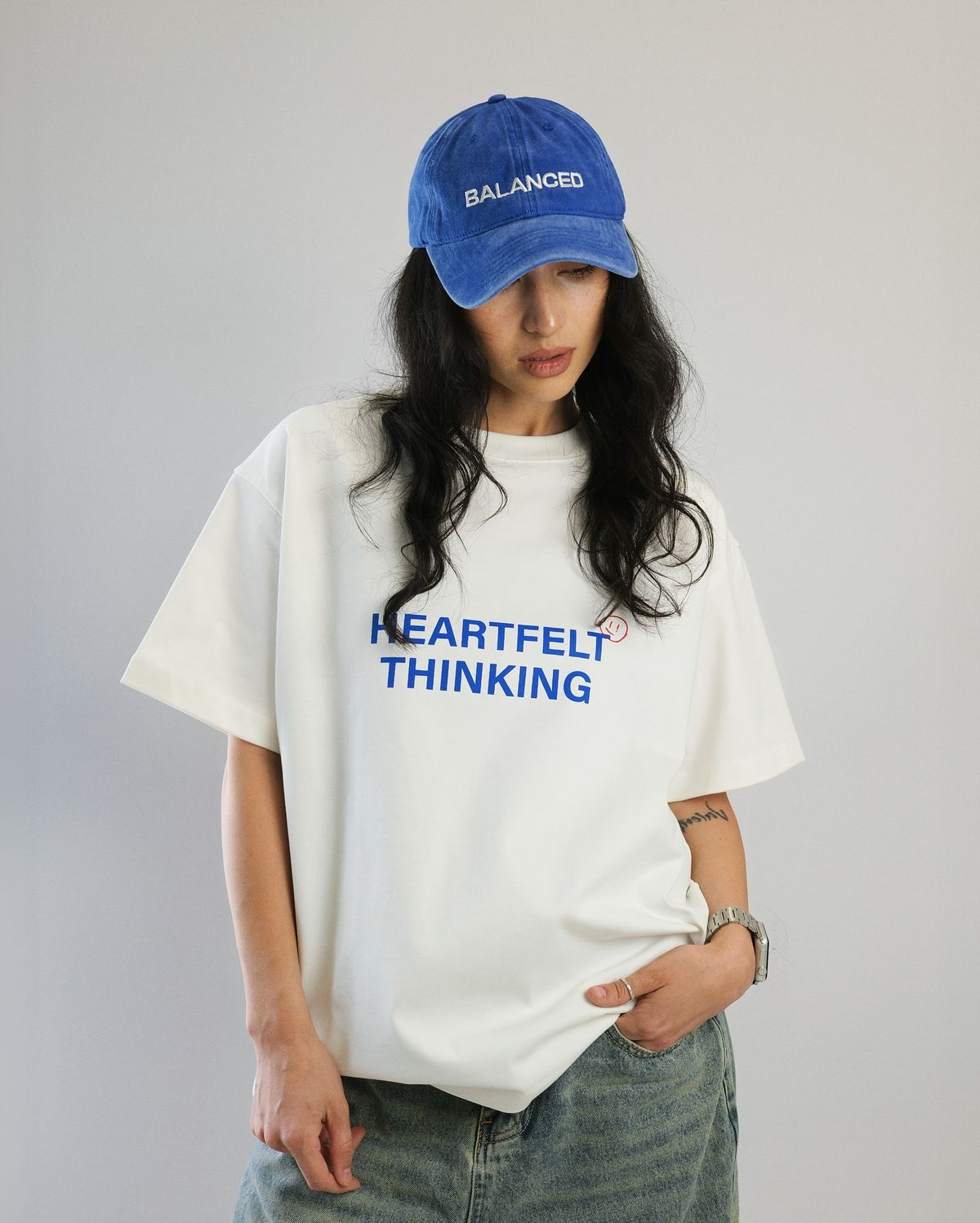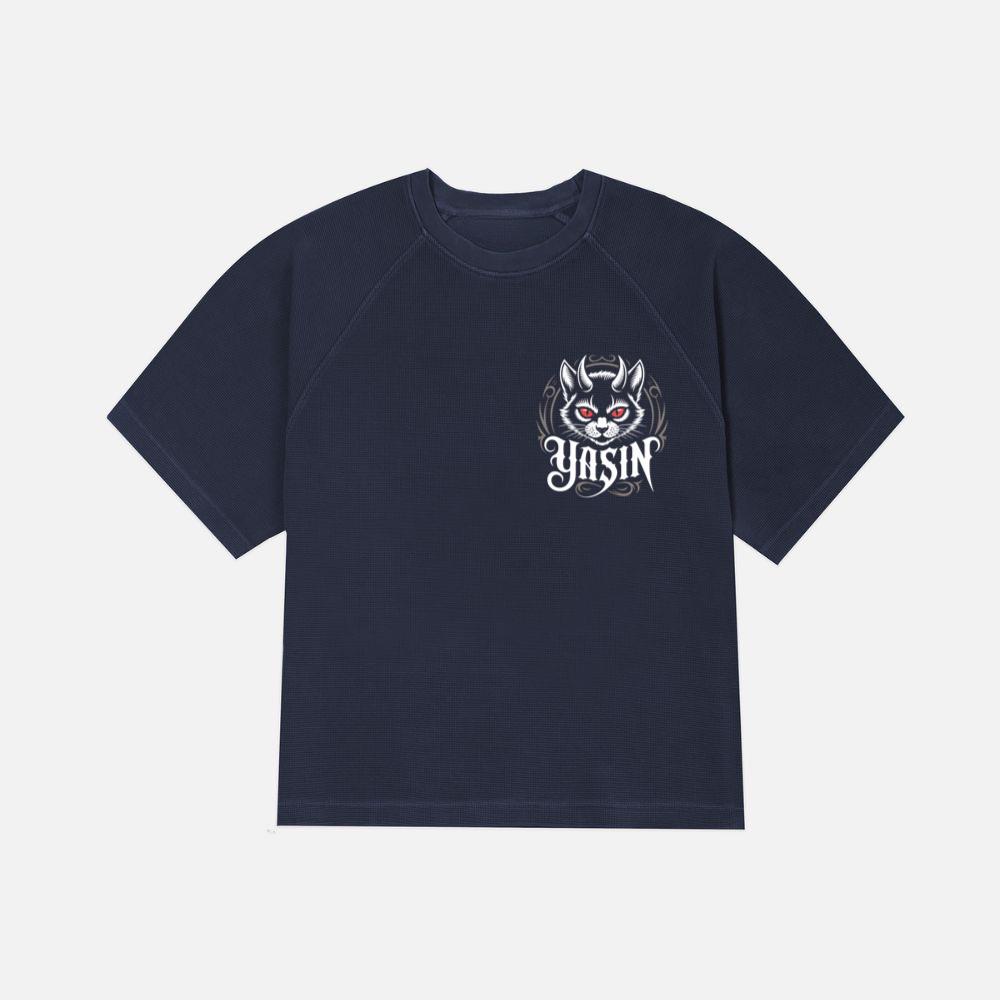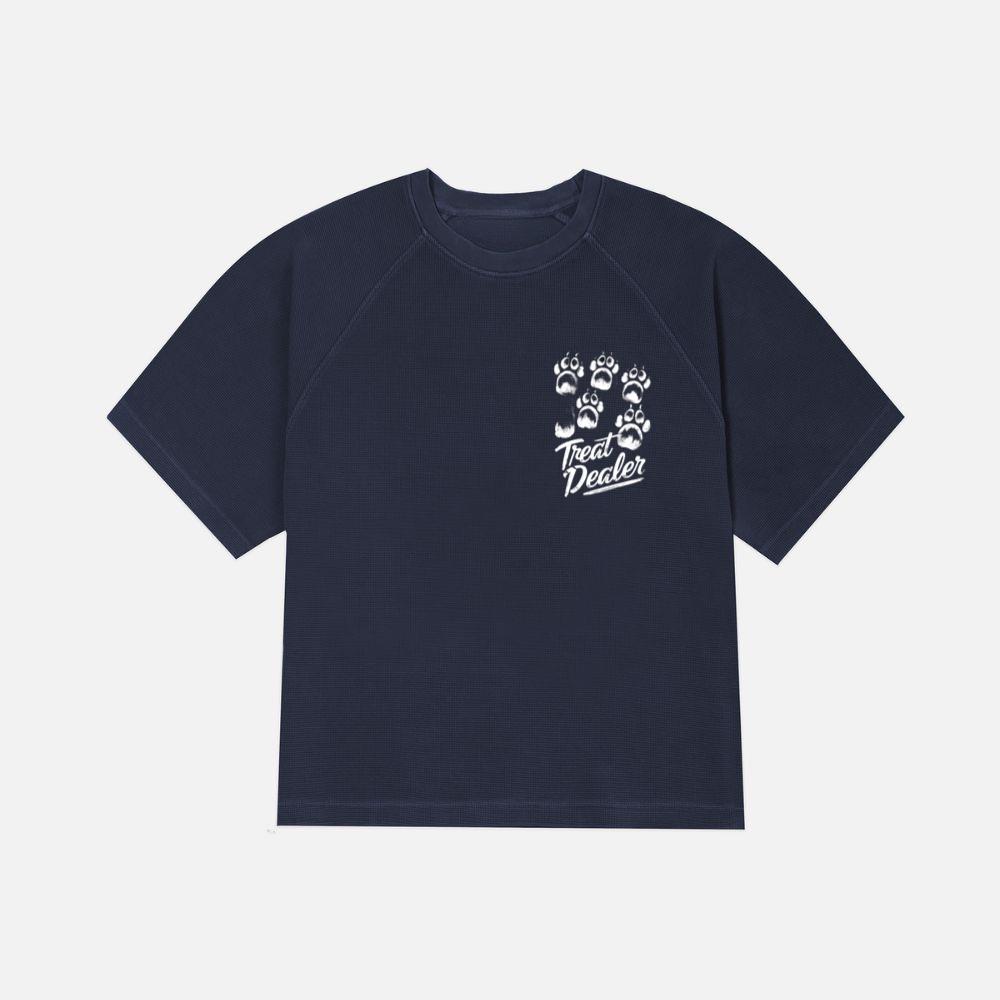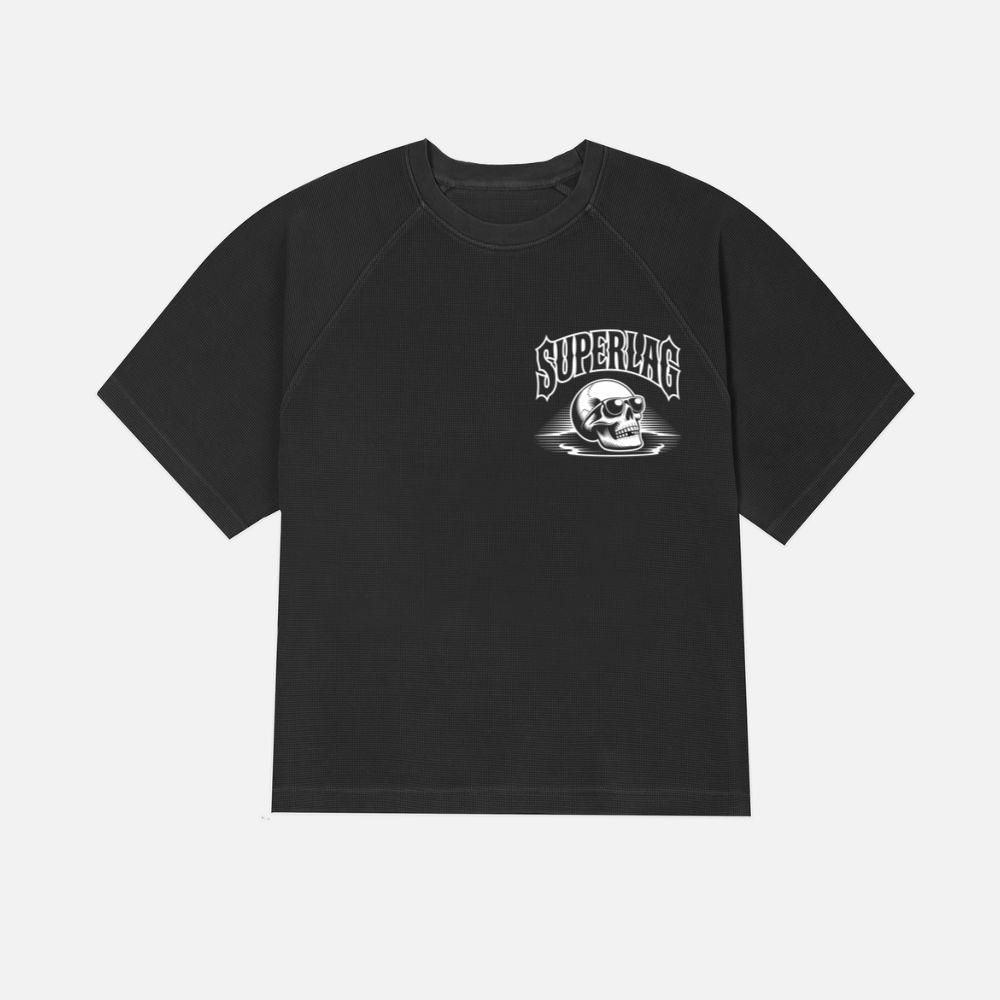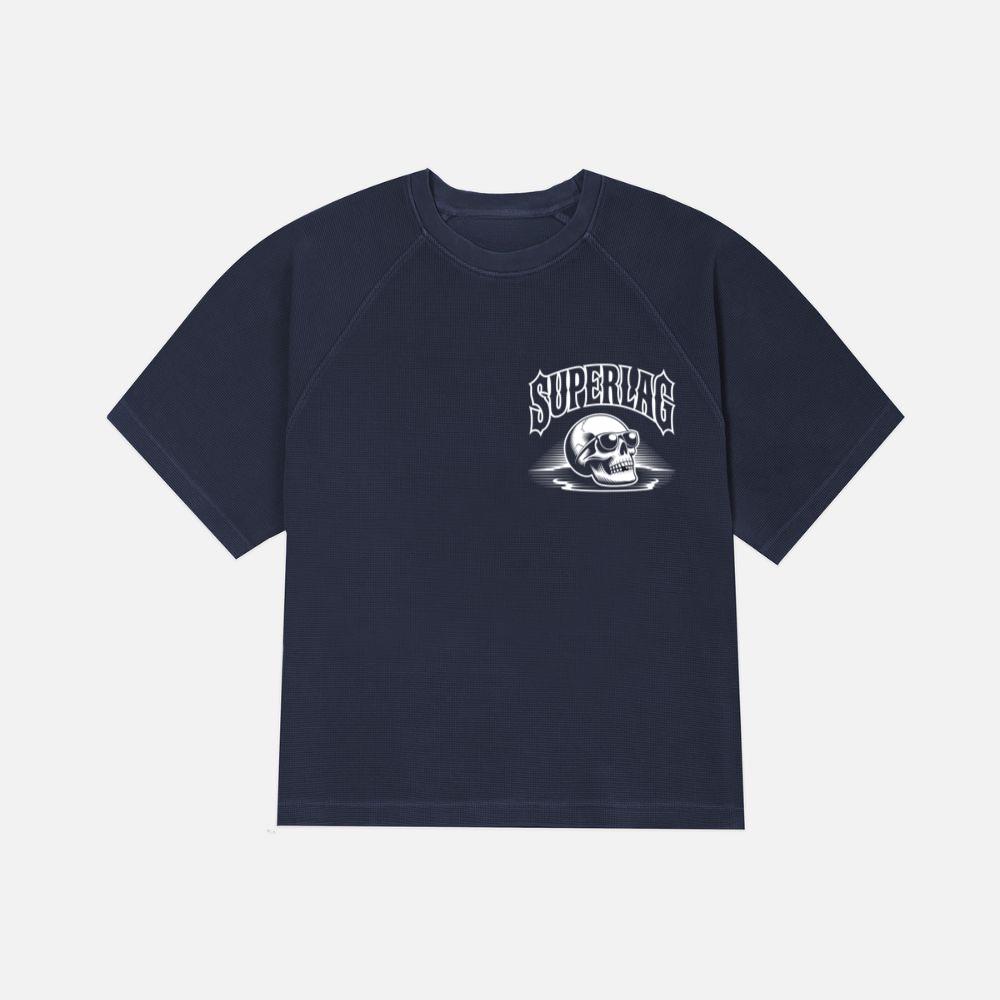Fashion is far more than the mere act of dressing; it is a vibrant reflection of culture, identity, and creativity. Clothing has long served as a medium through which individuals express personality, social status, and even political stance. Across centuries, what people wear has conveyed messages about their beliefs, values, and aspirations, while simultaneously shaping and reflecting broader societal norms. Fashion encompasses art, commerce, technology, and personal expression, making it one of the most dynamic and influential aspects of human life. Its evolution demonstrates not only changes in aesthetics but also shifts in economic conditions, social structures, and cultural ideals.
Historically, fashion has always been intertwined with cultural and social hierarchies. In ancient civilizations, clothing served both functional and symbolic purposes. The Egyptians, for instance, created garments suited for the harsh climate while using fabrics, jewelry, and patterns to indicate status and wealth. Similarly, the Romans used tunics and togas as markers of civic identity and class distinctions. Across Asia, traditional garments such as the Japanese kimono and the Korean hanbok reflected cultural customs, ceremonial practices, and social etiquette. These early examples illustrate that fashion was never purely practical; it functioned as a means of communication, signaling one’s position within society and adherence to cultural norms.
The Renaissance period brought a shift in the perception of fashion, emphasizing artistry, sophistication, and personal expression. In Europe, wealthy individuals adorned themselves with luxurious fabrics like silk, velvet, and brocade, often decorated with embroidery and jewels. Clothing became a reflection of taste, refinement, and social power. This era saw the emergence of fashion hubs in major cities such as Paris and Florence, where designers and tailors experimented with styles and techniques, laying the foundation for modern fashion industries. Fashion collections began to follow seasonal trends, establishing patterns that persist in contemporary fashion cycles. These developments reinforced the notion that clothing is not merely functional but also a vehicle for creativity and self-expression.
The industrial revolution transformed fashion by introducing mass production and mechanized textile manufacturing. Garments that were once exclusive to the elite became accessible to the general public, democratizing style and broadening consumer participation. The rise of department stores and fashion publications allowed trends to spread quickly, creating a shared cultural vocabulary around clothing. Global trade introduced new fabrics, colors, and designs, fostering cross-cultural influences that enriched fashion’s diversity. This era also witnessed the growing relationship between fashion and identity, as individuals increasingly used clothing to assert individuality, taste, and personal narrative.
The twentieth century brought radical transformations that reflected societal changes and cultural revolutions. Haute couture emerged in Paris, with designers such as Coco Chanel redefining women’s fashion by introducing comfort, elegance, and modernity. Chanel’s designs freed women from restrictive garments, promoting a sense of liberation and individuality. The post-war period encouraged experimentation with bold silhouettes, bright colors, and synthetic fabrics. Fashion began to function as both an art form and a statement of personal and societal values. During the cultural revolutions of the 1960s and 1970s, subcultures including punk, hippie, and disco styles challenged established norms, celebrating youth, rebellion, and creative freedom. Each movement demonstrated how fashion serves as a living dialogue between individuals and the societies they inhabit, continually evolving in response to social, political, and artistic currents.
In the contemporary era, technology and globalization have accelerated the pace of fashion and transformed its modes of consumption. Social media, fashion blogs, and online marketplaces have created a global stage where trends spread instantaneously. Influencers and content creators wield immense power, often rivaling traditional fashion houses in shaping public taste. Innovations in textile design, 3D printing, and sustainable materials have opened new creative possibilities while redefining the industry’s environmental responsibilities. Fast fashion brands provide consumers with affordable, trend-driven clothing, yet this convenience brings significant ethical and ecological concerns. Awareness of labor rights, carbon footprint, and sustainable production has led to growing demand for transparency and responsibility from brands. Fashion now serves not only as a form of self-expression but also as a reflection of values, ethics, and social consciousness.
Fashion functions as both a mirror and a driver of culture. Streetwear, which originated in skateboarding and hip-hop communities, has transcended its subcultural roots to influence high fashion globally. This shift illustrates the fluidity of style and the diminishing barriers between traditional fashion hierarchies. Fashion also intersects with politics, gender identity, and social justice, providing a platform for advocacy and inclusivity. Movements promoting body positivity, gender-neutral clothing, and cultural representation challenge conventional beauty standards and encourage diversity. Fashion communicates messages about personal and collective identity, allowing individuals to navigate complex social landscapes while expressing individuality.
Economically, fashion is a significant driver of global industry, encompassing textiles, marketing, retail, media, and technology. Fashion weeks, exhibitions, and collaborations stimulate innovation, networking, and cultural exchange, shaping trends and consumer behavior. The industry also inspires creativity beyond clothing, influencing photography, cinematography, and digital media. Fashion functions as both a cultural phenomenon and an economic engine, intertwining artistic vision with commercial strategy. Its influence reaches far beyond apparel, affecting lifestyle, social media, and global consumer culture.
Personal expression lies at the heart of fashion. Clothing allows individuals to communicate mood, personality, and social cues. Dressing intentionally can boost confidence, influence perception, and establish belonging within communities. Personal style evolves in response to life experiences, cultural exposure, and societal trends, creating a dynamic dialogue between the individual and the world. The democratization of fashion through online shopping and social platforms enables experimentation and accessibility, empowering people to curate unique identities through attire. Fashion, therefore, becomes an intimate tool for self-expression, reflection, and creative exploration.
Sustainability and ethical responsibility are increasingly central to modern fashion discourse. The industry faces scrutiny for environmental impact, resource depletion, and labor practices. Eco-conscious fabrics, recycling, upcycling, and circular fashion models offer alternatives that prioritize environmental stewardship and social responsibility. Brands that embrace transparency, fair wages, and ethical sourcing redefine industry standards, illustrating that fashion can be both stylish and conscientious. Consumers play an active role in this transformation, favoring products that align with values and promote sustainability. This shift reflects a broader cultural movement where fashion becomes a vehicle for positive social and environmental impact.
Fashion education and research have evolved to match the complexity of the industry. Institutions around the world provide programs integrating design, business, technology, and cultural studies, preparing professionals to innovate in a competitive field. Research in textile innovation, wearable technology, and consumer behavior drives development, ensuring fashion remains responsive to cultural and technological advances. This interdisciplinary approach underscores fashion’s dual nature as both creative art and analytical enterprise, combining aesthetics with functionality, innovation with tradition, and vision with practicality.
Ultimately, fashion is an enduring form of human expression that reflects societal change, cultural values, and personal identity. From ancient garments to contemporary streetwear, fashion continuously evolves, integrating technology, creativity, and social consciousness. It bridges tradition with innovation, art with commerce, and individuality with collective identity. Fashion shapes and is shaped by culture, offering a lens through which we can understand human behavior, aspirations, and social dynamics. It is not merely clothing but a narrative, a statement, and an evolving art form that communicates meaning beyond words.
In conclusion, fashion is a powerful and multifaceted phenomenon that permeates daily life. It reflects societal trends, drives global economies, empowers personal expression, and shapes cultural identities. Its history demonstrates adaptability, innovation, and influence, while contemporary challenges highlight responsibility, sustainability, and ethical consumption. Fashion transcends aesthetics, becoming a dynamic force that engages creativity, communicates values, and connects individuals across cultures. Its continued evolution will undoubtedly shape how society understands identity, culture, and the intricate interplay between style and human experience. As a mirror of both individuality and collective ethos, fashion remains a vital and ever-changing element of human civilization, asserting its relevance in every era.

